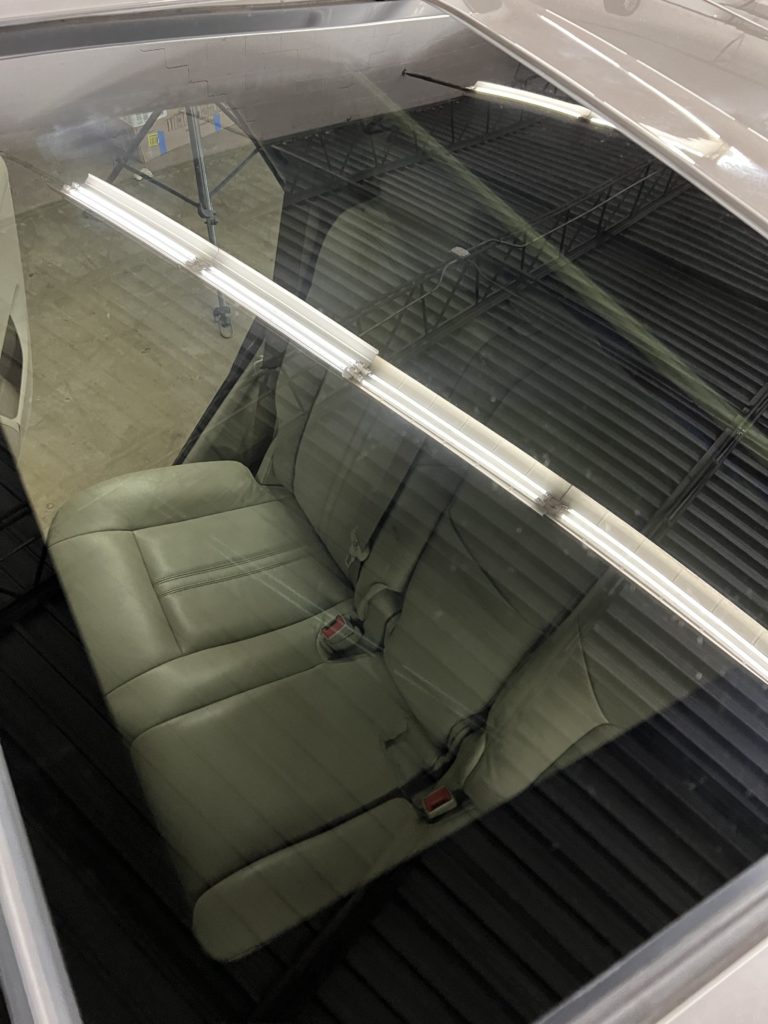

Where do water spots come from?
Water spots appearing on your vehicle’s exterior paint is more common than you would think.
Mineral deposits, commonly known as “hard water spotting” appear when water that has been sitting on the paint or glass dry and evaporate.
Washing your car in direct sunlight, rain and sprinkler systems are all common causes of water spotting and water etching.
If water spotting is left untreated, and mineral deposits are mixed with our contaminants on the paint, we are left with water etching or chemical etching which can be costly to repair.
What is water etching?
Water etching, also known as chemical etching, is when hard water spots mix with other contaminants on the paint and then evaporate, leaving behind those frustrating water marks.
Depending on the severity of the water etching, it may be very easy to remove, or it could be very difficult. In some situations, the vehicle will need multi stage wet sanding and paint correction to completely remove the water etching. If the vehicle is older and/or has little clear coat left, the water etched panel may need to be fully repainted.
It’s important to remove water spotting early before it etches into your car’s paint and glass. Adding protection like a paint sealant or ceramic coating is great at preventing permanent water etching.


How to protect against water spotting
It is best to apply some form of protection on your vehicle’s painted surfaces and glass. Applying a paint sealant or a ceramic coating will form a barrier between your cars surface and the elements.
Ceramic Pro coatings are incredibly durable and hydrophobic automotive ceramic coatings that severely reduce water spotting and make water spot removal a breeze.
Ceramic coatings also protect your car’s exterior surface from tar, sap, paint overspray, graffiti, minor scratching and more!
